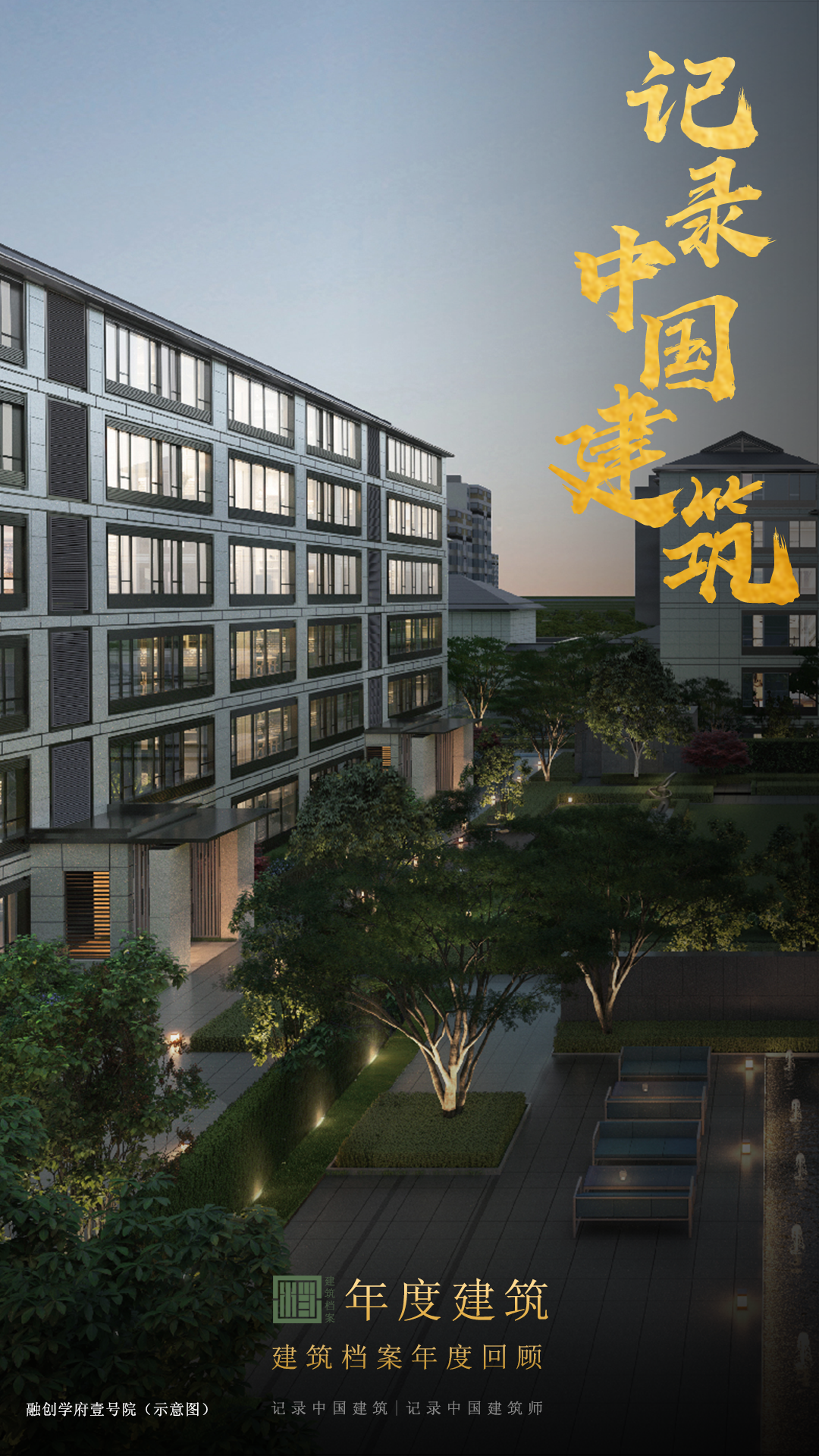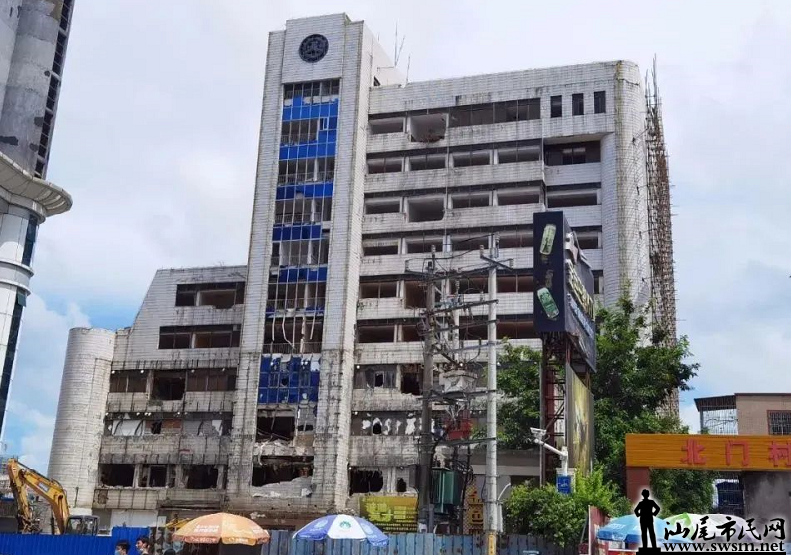Most people are confused when they enter a temple, but they don’t know why
.
This paper makes a simple analysis for you
.
First of all, we should make clear the concept of temple and temple
.
The difference between temple and temple is very strict in China
.
Those who worship Buddha and Bodhisattva are temples, while those who worship ghosts and gods are temples
.
Shanmen Buddhist temples are usually built on the mountain, so the outer gate of the temple is called “Shanmen”, and the right is called “Sanmen”, which is generally composed of three parallel doors
.
There is a gate in the middle and a small gate on each side
.
The middle gate is empty, the east gate is Wuxiang gate, and the west gate is Wuzuo gate
.
Many monasteries build the mountain gate into a hall, at least the middle gate is called “Mountain Gate hall”
.
Behind the Jinshan gate of the bell tower and Drum Tower, there are two opposite towers
.
Generally, the bell is rung in the early morning, with the drum opposite, and the drum in the evening, with the clock opposite
.
The bell tower is hung with Hongzhong, and the temple bell is dedicated to the Bodhisattva of Tibet
.
Daoming is his left flank servant, and min Gong is his right flank servant
.
The drum tower has a big drum, and some temples have Guan Yu, the God of Jialan
.
Guan Ping is his left flank servant, and Zhou Cang is his right flank servant
.
The temple of heavenly king is the largest Buddhist temple
.
After entering the mountain gate, the bell tower, Drum Tower on both sides and the heavenly king hall in the middle constitute the first courtyard of the temple
.
There are three important elements in the temple of heavenly kings: Maitreya Buddha, four heavenly kings and Bodhisattva Weituo
.
In Buddhist temples, the main hall is also called the main hall
.
The main hall is the core building of the whole temple, and it is also the place where the monks practice intensively
.
There is a big tripod in the middle of the front courtyard of the main hall, usually engraved with the name of the temple
.
In the north there is a large incense burner burning incense for Buddha
.
There are a pair of flagpoles in front of the hall, a flag bucket on the top of each flagpole, and a pair of carved dragon pillars or a pair of exquisite towers on some flagpoles
.
In front of the Buddha statues in the hall, there are many Sutra flags, joyful doors and various magic weapons, which make the main hall solemn and respectful
.
The statue of Sakyamuni Buddha is worshipped in the main hall
.
“Daxiong” is the name of Buddha
.
“Big” means to contain everything; “male” means to subdue the demons
.
Because Sakyamuni Buddha has the wisdom of full realization and can be powerful in the world, so his disciples respectfully call him “Mahatma”
.
The “treasure” in the hall refers to the three treasures of Buddhism and Buddhism
.
Generally, the hall is divided into three rooms, while the main hall is divided into nine five rooms, which symbolizes the “Nine Five” of the emperor
.
There are one, three, five and seven statues dedicated to Sakyamuni
.
The large-scale Buddhist temples with the East-West hall have the East-West hall on both sides of the main hall
.
In the East is the blue Hall of Qi é, offering three statues: King persini (middle), Prince Diduo (left), and for the lonely elderly (right)
.
On both sides of the temple, the temple is often guarded by Qi é, the God of blue
.
It means “monk garden”
.
Jialan here refers to “only trees give lonely garden”, which is the place where Shijia lived in Shewei kingdom
.
)In the west is the hall of the patriarch, dedicated to the founder and outstanding achievements of the patriarch
.
In the middle is Dharma, the first ancestor of Zen, on the left is Huineng, the sixth ancestor of the sixth generation of Dharma in Tang Dynasty, and on the right is Baizhang Huaihai, the third generation of Huineng, who established the jungle system
.
In temples of other sects, there are also statues of their ancestors in the ancestral hall
.
The four halls are Dharma hall, Zhao hall, scripture hall and lecture hall
.
Some large jungles have Dharma hall and photo hall, which are placed behind the main hall
.
① Dharma Hall: the place where the Dharma is spoken for the Zen sect
.
The Buddha statues in the Dharma hall are no longer the main body
.
Many Buddhist temples do not have a lecture hall
.
They usually read Scriptures or hold Buddhist rituals in the main hall
.
In the center of the Dharma hall, there is a platform for the table (platform) and the Dharma seat
.
Under the platform, there are incense tables and seats for listening to Dharma on both sides
.
There is a big screen behind the Dharma seat, and there is often a picture of lion roaring, because Buddhism often compares it to lion roaring
.
② Zhao Tang: after FA Tang, the two halls are actually two parts of a building
.
The former is fa Tang and the latter is Zhao Tang
.
If there are many things to be done in a temple, it is said that the first abbot of the temple is the second-class one
.
Therefore, it is not in the monk’s Hall (Dharma Hall) but in the Zhao’s hall
.
This place is behind the monk’s hall, and the light is not very good, so it is called “Zhaotang”, hoping that the sun (Buddha’s light) will shine
.
It is also the first place for temple administrators to release information and handle affairs to monks
.
③ Lecture hall: also located behind the main hall
.
The lecture hall is also a place to talk about Buddhist scriptures
.
There is no Dharma hall in small and medium-sized monasteries, so they use lecture hall instead of Dharma hall
.
If there is a Dharma hall, then the lecture hall is placed in the wing rooms on both sides of the Dharma hall, or arranged in the two yards between the Buddha Hall and the Dharma hall
.
The temple is a place for speaking Buddhist scriptures, chanting Buddhist scriptures, and converting to Lijie
.
④ Scripture hall: it is the hall for collecting scriptures and the place for monks to chant scriptures
.
It is different from the Sutra tower of Tibet
.
The Sutra building is the temple library, which is used to store all the books in the temple
.
The Sutra building of Tibet (Z à ng) is dedicated to storing (C á ng) Buddhist classics
.
The Huayan Sutra says: “it belongs to the Dharma and is willing to share with all living beings; it goes deep into the Sutra and is like a sea of wisdom.”
.
The Han style “Jingtang” is also different from the Tibetan style “dajingtang”
.
The four platforms are music platform, worship platform, high platform and abstinence platform
.
They are all high platforms
.
The four stations have different names and functions
.
Generally, only one kind of temple can be built, and it also has several other functions
.
① In ancient India, it was called “Mandala”, which was translated into “altar” in Chinese
.
The altar was built at a higher position in the temple, and the platform was also higher, which was a place for monks to receive precepts
.
The altar of Han style temple is built in the open space of the temple
.
All the monasteries of Zen and Legalism have set up a stone tablet in front of the altar, which reads “forbidding meat and wine to enter the Mountain Gate”, which is called “the altar stone”
.
② Music platform and worship platform: music platform is commonly known as “platform”, and some send Buddhism sect is also known as “worship platform”, which is used to play Buddhist music when religious ceremony is held in front of the Buddha in the temple
.
The height of the main hall is similar to that of the main hall
.
The bay is generally three to five, and the shape is square
.
There is a step on the front
.
There are two steps on both sides of the ancient temple
.
③ High platform: the platform is built in the independent place of the temple, which is usually built in zhanger
.
The house or a group of temples built on the stage are extremely noble places in the temple
.
It is mainly used to worship the main Buddha statues in the temple, such as Haibao temple in Yinchuan and Baima temple in Luoyang
.
Tang Xuanzang once translated Buddhist scriptures from India in the high platform of Baima temple
.
Luohan hall Luohan is a male monk and a disciple of Sakyamuni
.
It is also known as arhat, which means “killing thieves” and “not being born”
.
It is a wise person who should be polite
.
Some Buddhist temples have arhat halls, while others have separate arhat halls
.
There are many kinds of Arhats worshipped in Temples: the most common are eighteen Arhats, sixteen Arhats and five hundred Arhats
.
Only large-scale temples are built, which is often the most colorful part of the temple, such as Xiyuan temple in Suzhou, Biyun temple in Xishan in Beijing, Baoguang temple in Chengdu, Sichuan, Longhua Temple in Shanghai, Guiyuan temple in Wuhan, Qiongzhu temple in Kunming, etc
.
Five hundred Arhats usually refer to the five hundred Arhats of the great bhikkhs who are often enlightened by the Buddha in the world, or the five hundred Arhats who gather Buddhist classics after the Buddha’s nirvana
.
In ancient India, “five hundred” and “eighty-four thousand” were used to describe many meanings, which is very similar to the Chinese ancients who used “three” or “Nine” to express most of them
.
Therefore, “five hundred Arhats” is not necessarily five hundred, and their names are not clear
.
Because the number, names and statues of Arhats are not based on the classical rituals, the number, scale and figures of Arhats in temples may be different
.
Chan house is also called Chan house, Chan house and Chan hall
.
The purpose of Zen temples is “Channa”
.
“Chan Na” means “thinking” or “meditation”, that is to say, we need to think quietly, which means we need to live in a quiet place, which leads to Chan Fang
.
Zen houses are generally located at the back of the temple or near the Abbot’s room, where Buddhist practitioners live.
.




